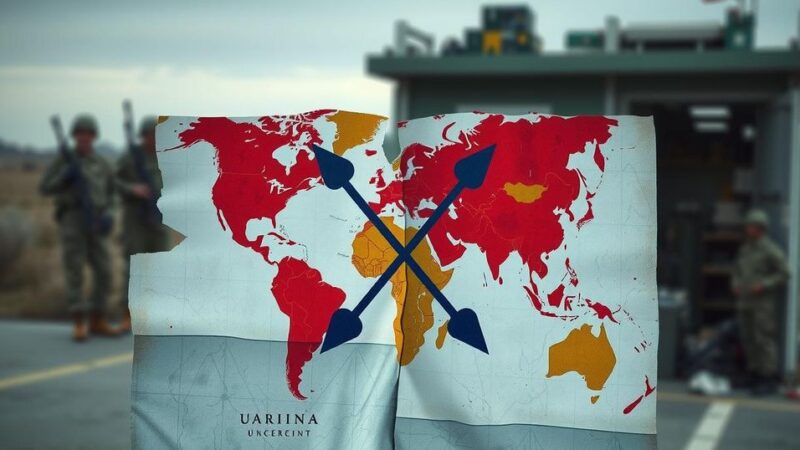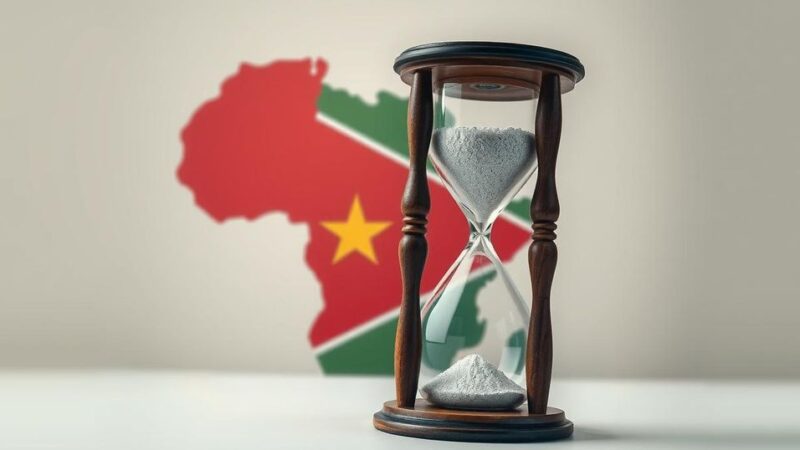The presence of a GAZ Tigr, a Russian tactical vehicle, during a military parade in Equatorial Guinea on October 12 supports reports of Russian troop deployment in the country. The vehicle’s distinctive camouflage and features indicated its use by Russian special forces, distanced from local military attire. Earlier reports from Diario Rombe revealed the arrival of Russian mercenaries for presidential protection. The parade displayed minimal Russian military equipment, contrasting with the significant Chinese military presence.
On October 12, during a military parade in Djibloho commemorating the 56th anniversary of Equatorial Guinea’s independence, a GAZ Tigr light armoured vehicle made a notable appearance. This incident, highlighted by the presence of the vehicle during the arrival of the president’s wife, aligns with previous reports regarding the deployment of Russian military personnel in the West African nation. The GAZ Tigr, identifiable by its distinctive camouflage used by the Russian military, was equipped with smoke grenade launchers, indicating it was the SpN variant associated with certain Russian special forces units. Additionally, the soldier manning the vehicle was observed wearing a uniform that differed significantly from the attire of local military personnel. The military parade also featured four BMP-1 infantry fighting vehicles, the sole Russian-made equipment in the display, amidst a significant presence of various modern Chinese armoured vehicles utilized by the Rapid Intervention Battalion (BIR). Prior to the military event, the Spain-based publication Diario Rombe had reported the arrival of Russian mercenaries in Malabo, asserting their role in safeguarding the president and his family. Additional reports from the same outlet detailed glimpses of nine European soldiers, including at least one with a Russian flag patch, alongside African counterparts in a setting identified as Bata, the principal city in continental Equatorial Guinea.
The article sheds light on the growing military ties between Equatorial Guinea and Russia, suggesting the presence of Russian troops in the nation amidst reports of enhanced security measures for the ruling elite. The GAZ Tigr’s presence during a national celebration serves as a potent symbol of this developing relationship and raises questions regarding the extent and nature of foreign military involvement in Equatorial Guinea, particularly in the context of internal security and governance. It also highlights the diversification of military partnerships beyond traditional alliances, particularly in Africa. There have been increasing reports and indications of foreign military support and personnel present in various African nations, and the situation in Equatorial Guinea is reflective of broader geopolitical dynamics at play.
In conclusion, the appearance of the GAZ Tigr during Equatorial Guinea’s military parade marks a significant moment in the visible integration of Russian military assets in the country. This event not only underscores the evolving defense landscape within Equatorial Guinea but also hints at a larger strategic engagement with Russia, raising pertinent questions about the implications of such partnerships on the nation’s political stability and security framework.
Original Source: www.janes.com






